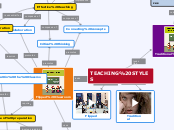par Jessica Vanier Il y a 8 années
205
Jessica's Suite of Tools
Integrating digital tools in the classroom can enhance both student engagement and communication with families. A classroom website serves as an effective platform for teachers to share newsletters, student work, and updates with parents, accessible from any device.









